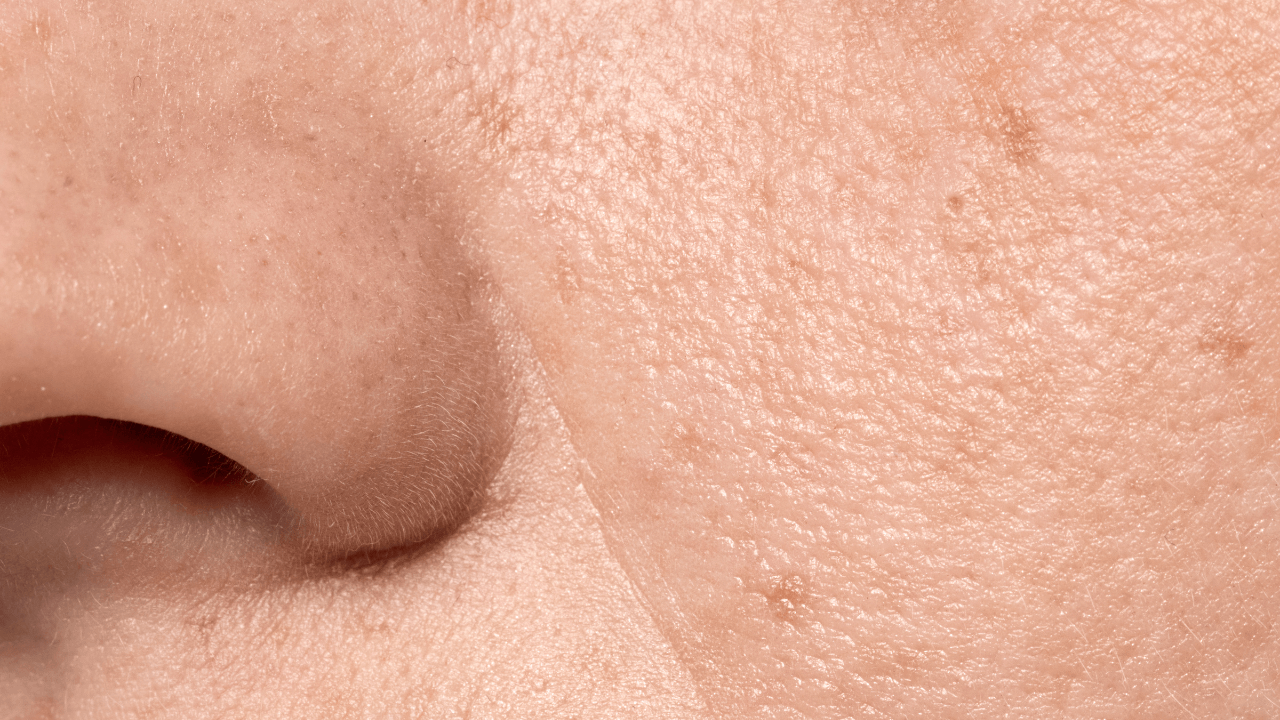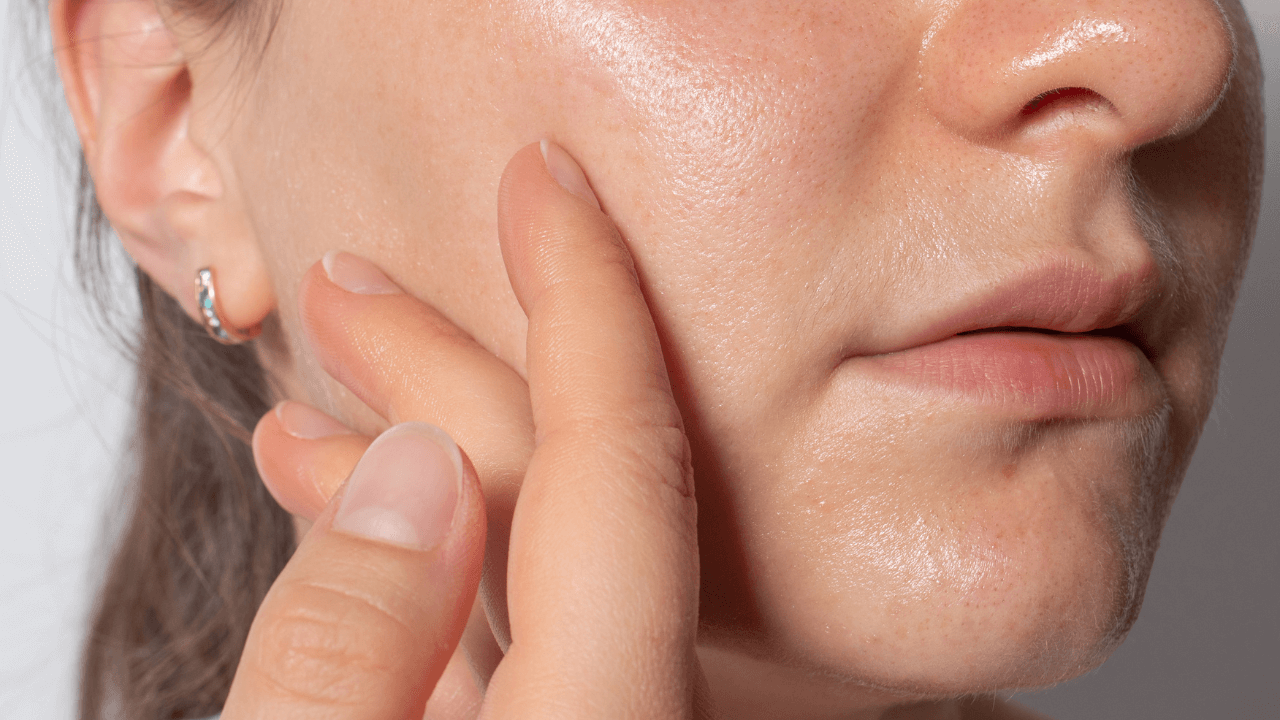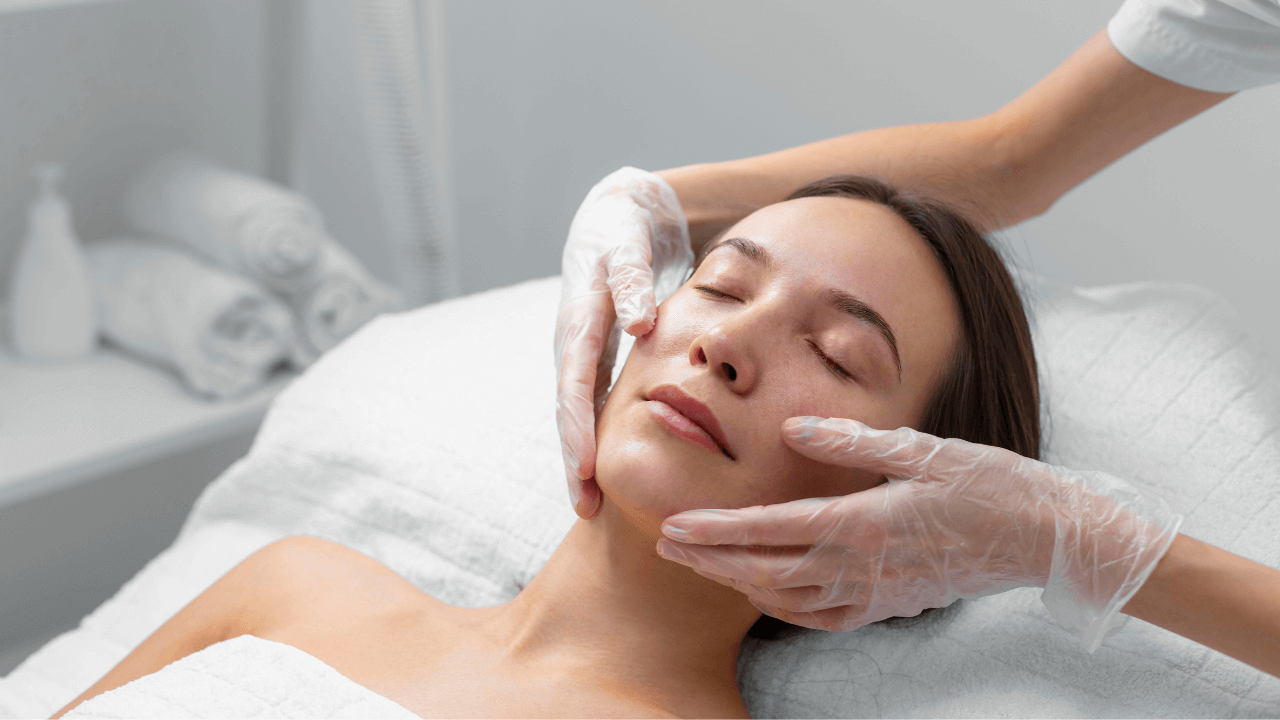Skin sensitivity affects millions of people worldwide, turning routine skincare and daily activities into potential triggers for irritation, redness, and discomfort. Whether you've always had reactive skin or recently developed sensitivity issues, understanding the causes and learning effective management strategies can help you achieve the calm, comfortable skin you deserve.
What Is Skin Sensitivity?
Skin sensitivity refers to a heightened reaction to stimuli that wouldn't normally cause problems for most people. This condition manifests as an overactive response to various triggers, including skincare products, environmental factors, fabrics, or even emotional stress. Unlike allergic reactions, which involve the immune system, skin sensitivity often stems from a compromised skin barrier that allows irritants to penetrate more easily.
Sensitive skin typically feels reactive, easily irritated, and may experience stinging, burning, or tingling sensations when exposed to certain products or conditions. The skin may appear red, inflamed, or blotchy, and these reactions can occur immediately upon contact or develop gradually over time.
This condition exists on a spectrum, from mild occasional reactions to severe sensitivity that significantly impacts daily life. Some people experience sensitivity in specific areas, while others find their entire body reactive to various triggers.
The skin's barrier function plays a crucial role in sensitivity. When this protective barrier is compromised, water escapes more easily. At the same time, irritants penetrate more readily, creating a cycle of irritation and sensitivity that can be challenging to break without proper care.
Common Causes of Skin Sensitivity
Understanding what triggers skin sensitivity is essential for both prevention and effective management. Multiple factors can contribute to sensitive skin, often working together to create the perfect storm for reactive responses.
Compromised Skin Barrier The most fundamental cause of skin sensitivity is a weakened skin barrier. This protective layer normally keeps irritants out and moisture in, but when damaged by over-cleansing, harsh products, environmental factors, or genetics, it becomes permeable to potential irritants. Once compromised, the skin becomes increasingly reactive to substances that were previously well-tolerated.
Genetic Predisposition Some people are simply born with more sensitive skin due to genetic factors that affect skin barrier function, inflammation responses, or the production of protective oils. If your family members have sensitive skin, allergies, or conditions like eczema, you're more likely to experience sensitivity issues.
Environmental Triggers Weather extremes, pollution, UV radiation, and low humidity can all contribute to skin sensitivity. Cold wind can damage the skin barrier, while hot, humid conditions can increase inflammation. Air pollution creates oxidative stress that can trigger sensitive reactions, and UV exposure can cause immediate sensitivity in some individuals.
Product Ingredients: Certain ingredients are notorious for triggering sensitive skin reactions. Fragrances, both synthetic and natural, are among the most common culprits. Alcohol-based products, harsh surfactants, essential oils, preservatives like parabens, and active ingredients like retinoids or acids can all cause sensitivity in susceptible individuals.
Hormonal Fluctuations Hormonal changes during menstruation, pregnancy, menopause, or times of stress can increase skin sensitivity. Estrogen and progesterone fluctuations can affect skin barrier function and inflammatory responses, making skin more reactive during certain life stages or monthly cycles.
Medical Conditions Various skin conditions can increase sensitivity, including eczema, rosacea, seborrheic dermatitis, and contact dermatitis. Autoimmune conditions, thyroid disorders, and certain medications can also contribute to increased skin reactivity.
Lifestyle Factor: Chronic stress elevates cortisol levels, which can compromise skin barrier function and increase inflammation. Poor sleep, inadequate hydration, and nutritional deficiencies can also affect skin health and sensitivity levels.
Identifying Different Types of Skin Sensitivity
Recognizing your specific type of skin sensitivity can help guide your treatment approach and product choices.
Reactive Sensitivity involves immediate responses to specific triggers, such as stinging or burning when applying certain products. This type often indicates a compromised skin barrier and typically improves with gentle, barrier-repairing care.
Allergic Sensitivity involves immune system responses to specific allergens, causing symptoms like hives, swelling, or persistent redness. This type requires identifying and avoidinparticularic allergens and may need medical intervention.
Environmental Sensitivity primarily reacts to weather conditions, pollution, or UV exposure. Skin may become red, tight, or irritated when exposed to wind, extreme temperatures, or high pollution levels.
Hormonal Sensitivity fluctuates with menstrual cycles, pregnancy, or menopause. Skin may become more reactive during certain times of the month or life stages, requiring adjusted skincare routines.
Stress-Related Sensitivity worsens during periods of emotional or physical stress. The skin may become more reactive to normally tolerated products during stressful times.
Age-Related Sensitivity develops as skin becomes thinner and more fragile with age. Previously tolerated products may suddenly irritate as the skin's protective capacity diminishes.
Effective Management Strategies
Successfully managing skin sensitivity requires a gentle, systematic approach that focuses on strengthening the skin barrier while avoiding known triggers.
Immediate Soothing Techniques
When experiencing a sensitivity flare-up, immediate relief becomes the priority. Apply a cool, damp compress to irritated areas for 10-15 minutes to reduce inflammation and provide immediate comfort. Avoid ice or extremely cold temperatures, which can cause additional irritation.
Use gentle, fragrance-free products specifically formulated for sensitive skin. Look for products with minimal ingredient lists and avoid anything containing alcohol, strong fragrances, or known irritants during flare-ups.
Consider applying a thin layer of petroleum jelly or a gentle, occlusive moisturizer to create a protective barrier that allows the skin to heal while preventing further irritation.
Key Ingredients for Sensitive Skin
Ceramides are naturally occurring lipids that help restore and maintain the skin barrier. Products containing ceramides can help repair damage and prevent irritants from penetrating the skin.
Niacinamide offers anti-inflammatory benefits while strengthening the skin barrier. This gentle ingredient is well-tolerated by most sensitive skin types and can help reduce redness and irritation over time.
Hyaluronic Acid provides intense hydration without irritation, helping to plump and soothe sensitive skin while supporting barrier function.
Colloidal Oatmeal has natural anti-inflammatory and soothing properties, making it excellent for calming irritated, sensitive skin during flare-ups.
Allantoin promotes healing and has gentle anti-inflammatory effects, helping sensitive skin recover from irritation more quickly.
Zinc Oxide provides physical sun protection without chemical irritants, making it ideal for sensitive skin that reacts to chemical sunscreens.
Panthenol (Pro-Vitamin B5) soothes irritation and supports skin healing while providing lightweight hydration.
Building a Sensitive Skin Routine
Creating an effective routine for sensitive skin requires careful product selection and a gentle approach that prioritizes barrier repair and irritant avoidance.
Gentle Cleansing forms the foundation of sensitive skin care. Choose cream or lotion cleansers that don't foam heavily, as foaming agents can be irritating. Cleanse with lukewarm water and gentle motions, avoiding hot water or aggressive rubbing that can further irritate sensitive skin.
The Minimalist Approach works best for sensitive skin. Use fewer products with simpler formulations rather than complex routines with multiple active ingredients. Introduce new products one at a time and wait at least a week between additions to identify potential triggers.
Layered Hydration helps rebuild the skin barrier through multiple light layers of hydrating products rather than one heavy application. Start with a hydrating toner or essence, follow with a lightweight serum, and finish with a gentle moisturizer.
Daily Sun Protection is crucial for sensitive skin, which is often more susceptible to UV damage. Choose physical sunscreens with zinc oxide or titanium dioxide rather than chemical filters that may irritate.
Evening Routine should focus on gentle cleansing and intensive moisturizing to help the skin repair overnight. This is also the best time for any treatment products, as sensitive skin often tolerates active ingredients better when not followed by sun exposure.
Lifestyle Changes for Sensitive Skin
Making strategic lifestyle adjustments can significantly reduce sensitivity triggers and support overall skin health.
Environmental Controls can minimize external triggers. Use a humidifier to maintain optimal moisture levels, especially during the winter months or in dry climates. Consider air purifiers to reduce environmental pollutants that may trigger sensitivity.
Fabric Choices matter for sensitive skin. Choose soft, natural fabrics like cotton or bamboo over rough synthetic materials. Wash new clothes before wearing to remove manufacturing chemicals, and use gentle, fragrance-free detergents.
Temperature Management involves avoiding extreme temperatures that can trigger sensitivity reactions. Take lukewarm rather than hot showers, protect skin from cold wind with scarves or barriers, and gradually acclimate to temperature changes.
Stress Reduction techniques can help manage stress-related sensitivity flare-ups. Regular exercise, meditation, adequate sleep, and stress management practices can all benefit sensitive skin by reducing inflammatory responses.
Dietary Considerations may help some people with sensitive skin. While food allergies are different from skin sensitivity, some individuals find that certain foods trigger skin reactions. Common culprits include dairy, gluten, or highly inflammatory foods.
When to Seek Professional Help
While many cases of sensitive skin can be managed with gentle care and lifestyle modifications, certain situations require professional medical attention.
Consult a dermatologist if you experience severe reactions like blistering, widespread rashes, or symptoms that interfere with daily activities. Seek professional help if sensitivity suddenly worsens without an obvious cause, if you suspect allergic reactions rather than simple irritation, or if over-the-counter treatments haven't provided relief after several weeks of consistent use.
Professional evaluation is also important if sensitive skin is accompanied by other symptoms like joint pain, fever, or systemic reactions, as these may indicate underlying medical conditions requiring treatment.
Professional Treatment Options
Dermatologists offer several advanced approaches for managing persistent or severe skin sensitivity.
Patch Testing can identify specific allergens causing reactions, allowing you to avoid triggers more effectively. This testing involves applying small amounts of common allergens to the skin and monitoring for responses over several days.
Prescription Medications may include topical corticosteroids for severe inflammation, calcineurin inhibitors for sensitive areas like the face, or oral antihistamines for allergic components of sensitivity.
Barrier Repair Treatments might involve prescription moisturizers with higher concentrations of ceramides, prescription-strength barrier repair creams, or specialized treatments designed to restore compromised skin barriers.
Light Therapy can help reduce inflammation in some cases of sensitive skin, particularly when associated with conditions like eczema or rosacea.
Customized Skincare programs may be developed based on your specific triggers and skin needs, often involving pharmaceutical-grade products not available over-the-counter.
Special Considerations for Different Areas
Different areas of the body may require tailored approaches when managing skin sensitivity.
Facial Sensitivity requires the gentlest products and approaches. The face has thinner skin that's more susceptible to irritation, so choose products specifically formulated for facial use and avoid body products that may be too harsh.
Eye Area sensitivity needs extra caution due to the delicate nature of periorbital skin. Use ophthalmologist-tested products and avoid getting products too close to the eye itself.
Body Sensitivity can often tolerate slightly stronger treatments than facial skin, but still requires gentle approaches. Pay special attention to areas that experience friction from clothing or have naturally thinner skin.
Hand Sensitivity is common due to frequent washing and environmental exposure. Keep hands well-moisturized and consider wearing gloves when using cleaning products or during cold weather.
Scalp Sensitivity may require specialized shampoos and treatments, particularly if associated with conditions like seborrheic dermatitis or contact allergies to hair products.
Managing Sensitive Skin in Different Seasons
Seasonal changes can significantly impact skin sensitivity, requiring adjustments to your routine throughout the year.
Winter Care focuses on combating dry air and harsh weather. Increase moisturizing frequency, use heavier occlusive products, run humidifiers, and protect exposed skin from cold winds.
Summer Management involves sun protection and managing heat-related sensitivity. Use gentle, physical sunscreens, seek shade during peak hours, and choose lightweight, breathable fabrics.
Spring and Fall Transitions require gradual routine adjustments as environmental conditions change. Monitor your skin's response to temperature and humidity fluctuations and adjust products accordingly.
Creating Long-Term Success
Successfully managing skin sensitivity is an ongoing process that requires patience, consistency, and careful attention to your skin's changing needs.
Most people with sensitive skin see improvement within 2-4 weeks of implementing a gentle routine, but complete barrier repair may take several months. Keep a detailed skin diary to track triggers, successful products, and environmental factors that affect your sensitivity.
Remember that sensitive skin can change over time due to age, hormones, health conditions, or environmental factors. What works now may need adjustment in the future, so remain flexible and observant about your skin's needs.
Building Confidence with Sensitive Skin
Living with sensitive skin doesn't mean accepting constant irritation or limiting your lifestyle. With proper understanding and management, sensitive skin can be kept comfortable and healthy.
Focus on building a strong, consistent routine with products you trust rather than constantly trying new items. Simplicity and consistency often yield better results than complex routines with multiple active ingredients.
Remember that having sensitive skin often means having more responsive, reactive skin that can also respond well to gentle, appropriate care. Many people with sensitive skin develop excellent skincare habits and knowledge that serve them well throughout life.
The key to success lies in listening to your skin, avoiding known triggers, and maintaining the gentle, consistent care that sensitive skin requires. With patience and the right approach, you can achieve calm, comfortable skin that doesn't hold you back from living your best life.





